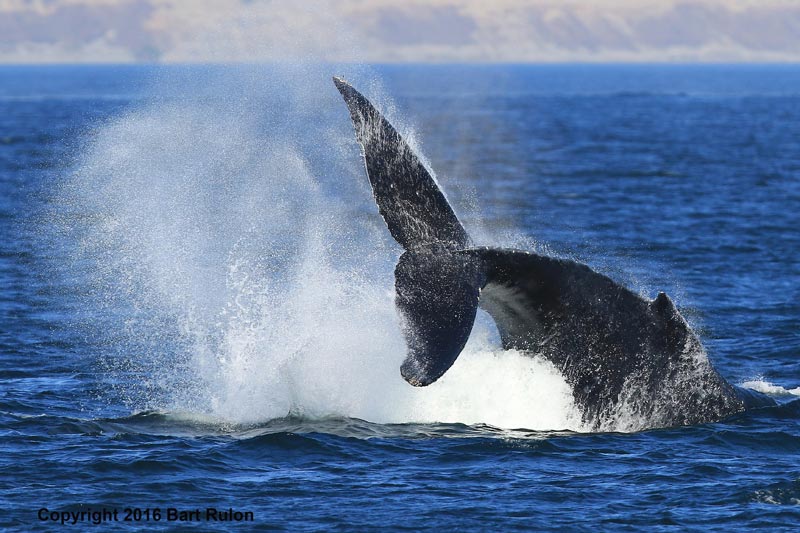By photographer Bart Rulon
Join professional wildlife photographer Bart Rulon and Puget Sound Express on a special 3 day wildlife photography cruise focused on whales and other wildlife in and around the San Juan Islands, and the Strait of Juan de Fuca! This photography workshop is geared toward passionate photographers of any skill level who want to spend the extra time with whales in order to get the best shots.
The one thing every photographer should have in their tool kit is a way to stabilize their camera – Keeping the camera steady is one of the most important aspects of photography. Wildlife photographers tend to use heavy telephoto lenses making it much harder to keep the camera stable. There are many options for keeping things steady. You can use a tripod, a monopod, a bean bag, or image stabilization technology to help.

Whenever possible I always use a sturdy tripod as a first choice. On land a tripod is hard to beat for camera stability. Sometimes a tripod isn’t practical though, like on a boat. A tripod magnifies boat movement in this situation. This is when a monopod, or hand holding with image stabilization, becomes a better choice because it allows you to counteract the sway of the water.
When you are photographing from a car a bean bag makes an excellent choice. Just rest the bean bag on top of the car door with the window open and nestle your camera and lens into it. This turns your whole car into a stabilization device but be sure to turn the car off to avoid engine vibration, and don’t move your body too much because you’ll shake the car and the camera with every move.
Image stabilization or vibration reduction technology is built into most cameras now days. This technology keeps getting better and better, and it’s a great tool for steadying your images. You can hand hold your camera using slower shutter speeds than ever before because of image stabilization. You can even use the technology in tandem with a tripod, monopod, or bean bag to double up the stability in some circumstances. For example, in strong wind a tripod usually can’t stop all the vibration, but you can turn on the image stabilization to dampen the rest of it.
Make sure you set the right stabilization mode for your circumstances. For instance, Canon’s mode 2 is best for stabilizing with a moving subject, and mode 1 is better when the subject is stationary. With a tripod mode 2 is often best, but with a monopod mode 1 works better.
